Here are a few types of cheese that you should be aware of if you enjoy eating cheese and can’t help adding it to your food.
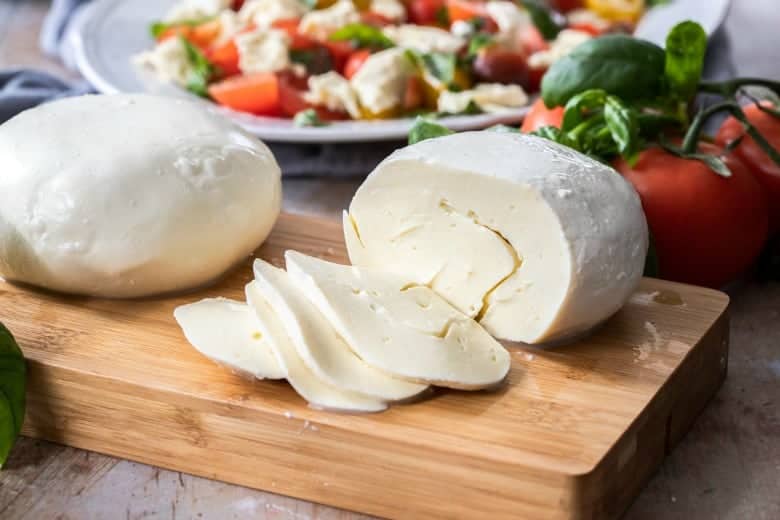
Mozzarella
Italy is where mozzarella first originated. In the past, it was prepared with water buffalo milk raised in Italy and Bulgaria. However, the majority of mozzarella cheeses on the market right now are manufactured from cow’s milk.
Fresh, within a few hours of being created from pasteurized or unpasteurized cow or water buffalo milk, semi-soft mozzarella is meant to be consumed. The process of making mozzarella at home is simple. It can be used to prepare dishes for salads, pizzas, meat, and vegetables. It is extremely adaptable.
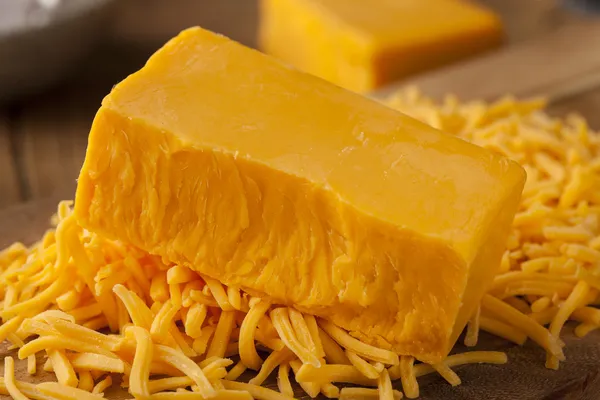
Cheddar
Cheddar cheese, which is prepared from pasteurized cow’s milk, is a hard, firm cheese. Although it is now made and enjoyed all over the world, it was previously only produced in England.
When it is young, it has a crumbly texture but is still primarily smooth. Its texture becomes crisper with age. It often comes in a drum shape and ranges in color from white to pale yellow. Orange coloring may have been added to some batches of cheddar cheese, turning it a yellowish-orange tint.
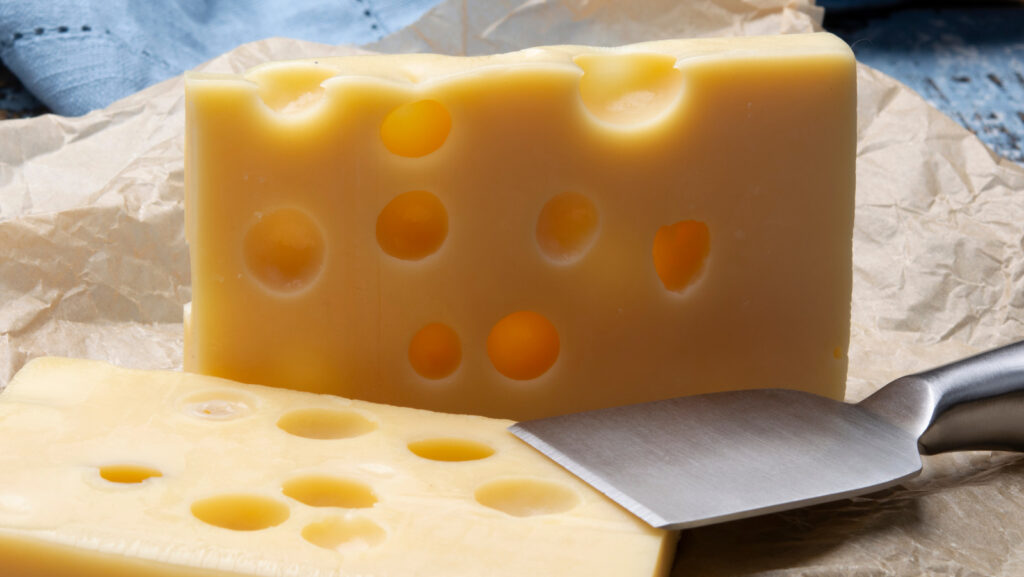
Emental
Unpasteurized cow’s milk is used to make Emmental in Switzerland’s central regions. It has a firm texture, and its thin rind is frequently wrapped in paper bearing the name of the producer.
Due to its sweet scent and delicious flavor, omental is typically served with wine and fruits. Additionally, it has a hint of acidity. The gas holes in this cheese are larger than those in its rivals. It is one of the hardest cheeses to create because of the creation of these holes throughout the fermentation process.

Gouda
This Dutch cheese, pronounced “How-da,” is one of the most well-liked cheeses in the world. It was given the name Gouda after the Dutch city of the same name. Although some artisanal varieties employ sheep’s or goat’s milk to make cheeses that will be matured for a long period, it is a rich, delicious, and semi-hard cheese that is manufactured from cow’s milk.
Based on their age, the many Gouda types are categorized. While Overjarig is extra-aged and flavorful, Graskass is youthful. Jong, Jong belegen, Belegen, Extra belegen, and Oud are situated between the two. Boerenkaas is a Dutch dairy product derived from the raw milk of grazing cows.
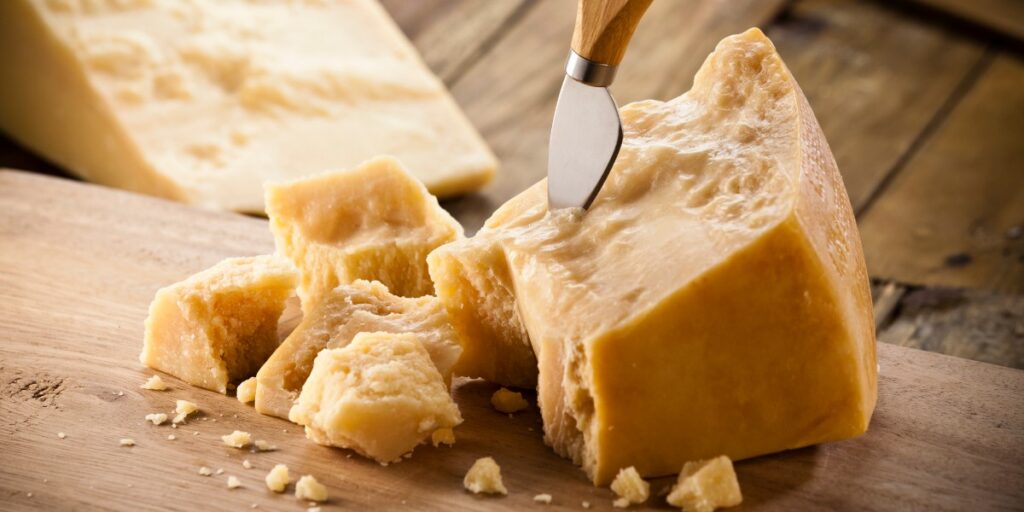
Parmigiano – Reggiano
This Italian cheese is frequently mistaken for “Parmesan” cheese. The only places in Italy where authentic Parmigiano-Reggiano may be made are in Emilia-Romagna and Lombardia.
It is a cheese that has been aged for at least 12 months and up to 36 months. It is hard, dry, and flaky. Its delicious caramel-nutty flavor and satisfying crunch make it a perfect snack.
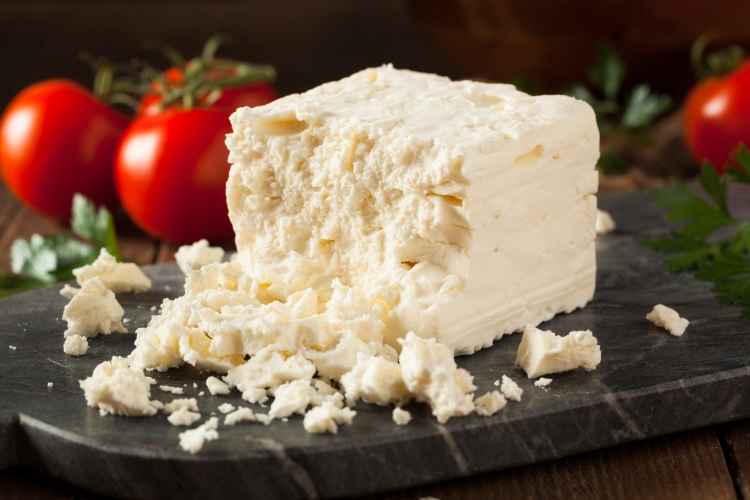
Feta
Of all the Greek cheeses, feta is the most often consumed. Only cheeses produced in Macedonia, Thessaly, Thrace, Central Mainland Greece, Lesvos, and the Peloponnese may use the term “feta,” which is protected by laws of the European Union.
The milk of goats and sheep that have grazed on pastures in the mentioned Grecian regions is used to make feta, either pasteurized or unpasteurized. This cheese’s firmness and texture vary from region to region.
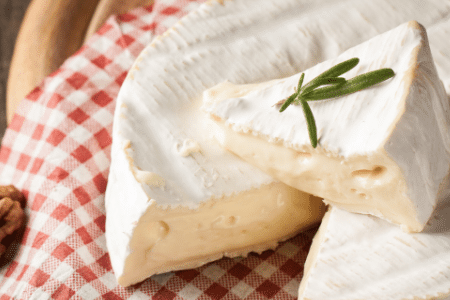
Brie
The most well-known French cheese is Brie. It was offered as one of the offerings to the French kings and is referred to as the “queen of cheeses.” It has a silky texture and gets its name from the Brie region of France, which is where it originally came from.
It is unpasteurized, pale in color, and has a hint of grey under the rind. It is prepared from cow’s milk. Depending on the ingredients used throughout the manufacturing process, it may have a distinct flavor.
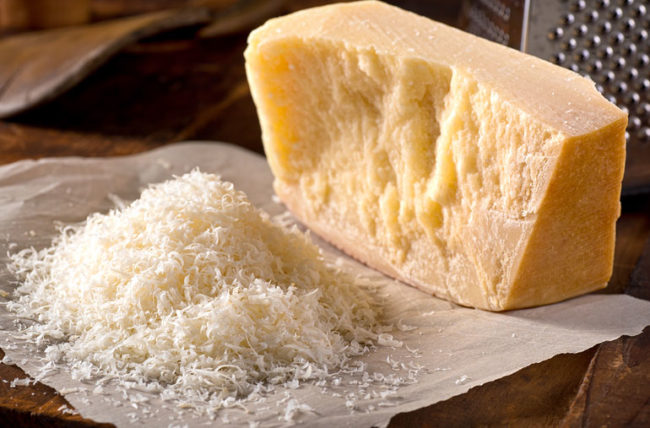
Parmesan
One of the cheeses that is most frequently consumed worldwide is parmesan cheese. It tastes nutty and delicious and has a crunchy, crumbly texture. Italian Parmigiano-Reggiano cheese from Parma served as inspiration for its production.
It is a light yellow substance made from raw cow’s milk. In addition to being consumed on its own, it is frequently grated and added to soups, risottos, pizzas, pastas, and other snacks.
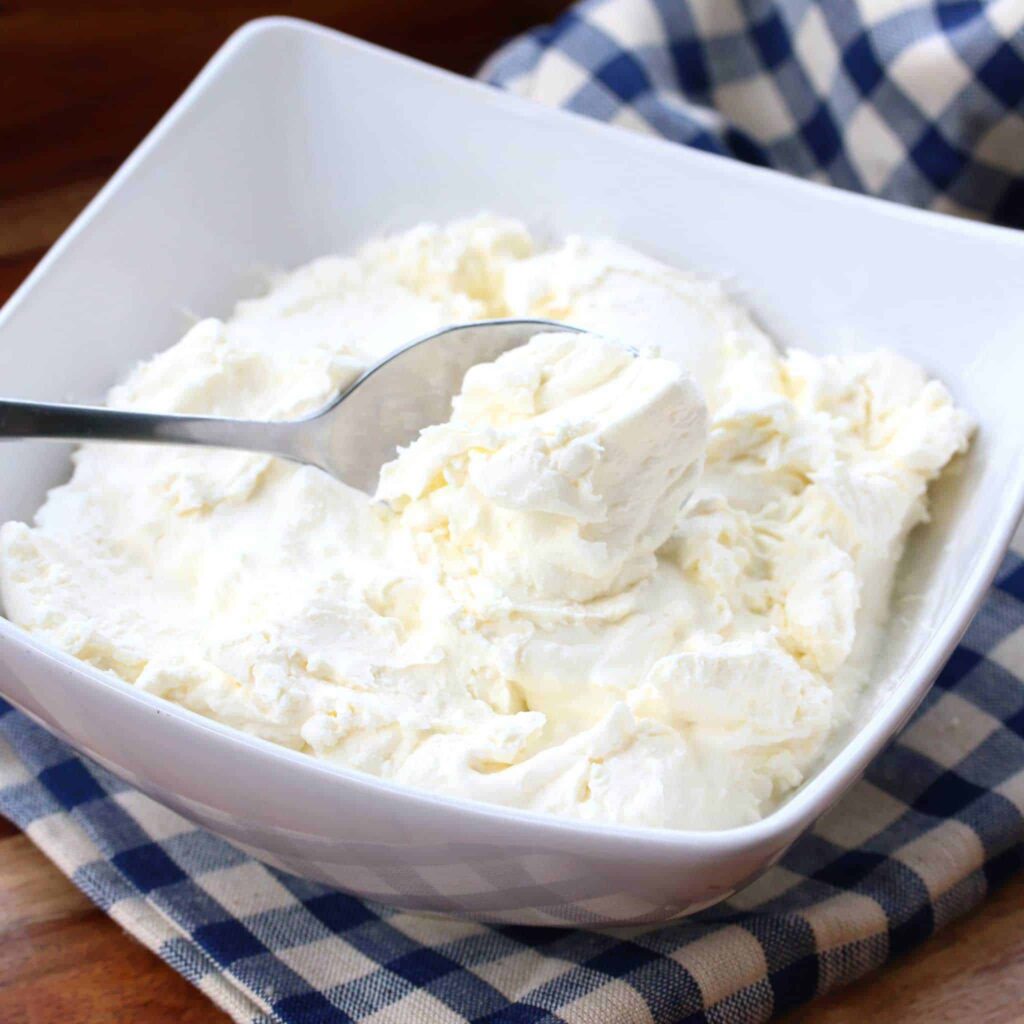
Mascarpone
The milk used to make this Italian cheese has been pasteurised. It is created by curdling milk cream with citric acid and is used in both sweet and savoury dishes. This process yields a rich, buttery, creamy cheese that serves as the foundation for various cheesecakes and Tiramisu, two popular Italian desserts.
Mascarpone is another ingredient used to improve the flavor of the food without changing its natural flavor. It can be eaten with fruits raw or used to thicken puddings and other creamy sweets.
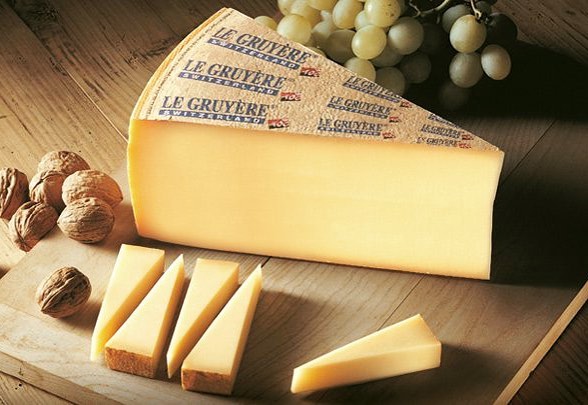
Gruyere
Named after a Swiss hamlet, this semi-soft cheese is manufactured from cow’s milk. It has a dark rind and a rough, pitted feel.
When consumed, a fruity flavor will initially come through before giving way to an earthy and nutty flavor. It is both dense and slightly grainy.
Also Read – Here’s How Much Alcohol A Person Can Drink, According To Their Age



